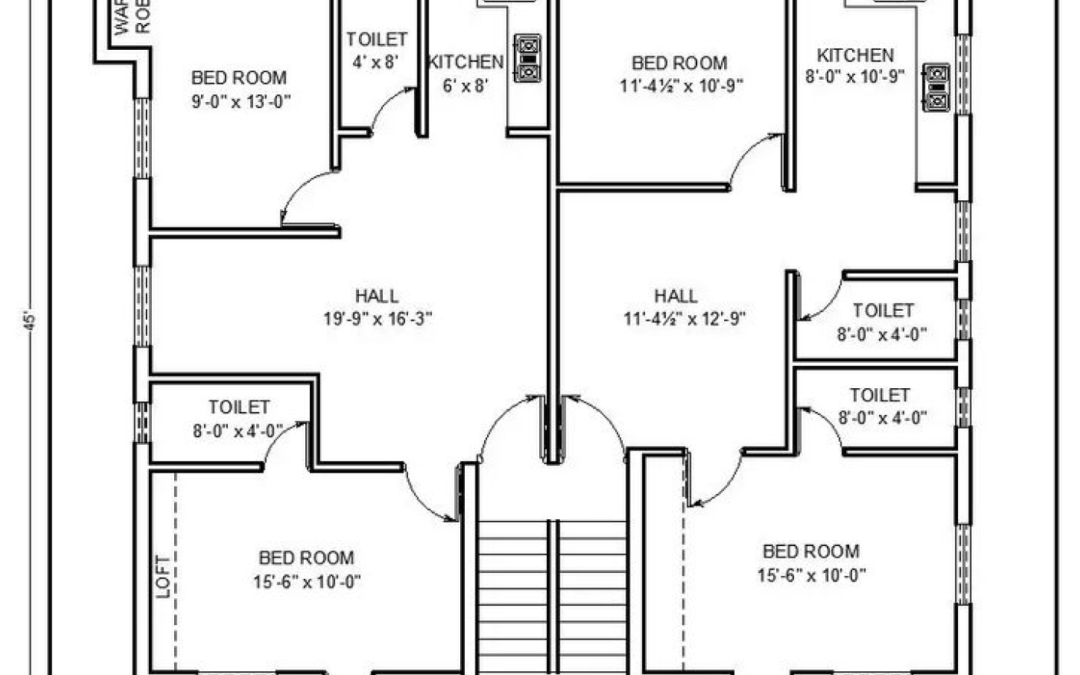The Importance of Land Registry Lease Plans for Accurate Property Documentation
What Are Land Registry Lease Plans?
Defining Land Registry Lease Plans
Land registry lease plans are detailed, scaled drawings that clearly define the boundaries, access points, and other relevant features of a leased property. These plans are required for any new lease or when an existing lease is being extended or modified. The plans must meet the strict criteria set by the UK Land Registry to be accepted as part of the legal documentation.
Legal Requirements for Lease Plans
The UK Land Registry mandates that lease plans must be drawn to a recognized scale, typically 1:1250 for urban properties and 1:2500 for rural properties. They must include specific details such as the orientation of the property, access routes, and any shared facilities. The lease plan must also clearly distinguish between the leased area and other parts of the property or building, using color coding or clear boundary lines.
Why Accurate Land Registry Lease Plans Are Crucial
Ensuring Legal Compliance
One of the primary reasons for the importance of accurate land registry lease plans is to ensure compliance with UK property laws. Inaccurate or incomplete lease plans can lead to significant legal issues, including disputes over property boundaries, access rights, and the extent of the leased area. These disputes can be costly and time-consuming, potentially delaying property transactions.
Facilitating Smooth Property Transactions
Accurate lease plans are essential for facilitating smooth property transactions. Buyers, sellers, landlords, and tenants rely on these documents to understand the exact details of the property being leased. A well-prepared lease plan can help avoid misunderstandings and disputes, ensuring that the transaction proceeds smoothly and without unnecessary delays.
Common Challenges in Preparing Land Registry Lease Plans
Misrepresentation of Property Boundaries
A common issue encountered in land registry lease plans is the misrepresentation of property boundaries. This can occur due to outdated maps, errors in drafting, or a lack of clarity in the original documentation. Accurate boundary representation is crucial to avoid disputes and ensure that the lease plan is accepted by the Land Registry.
Inaccurate Scaling and Measurements
Another challenge in preparing lease plans is ensuring that they are drawn to the correct scale. Inaccurate scaling can result in the plan being rejected by the Land Registry, leading to delays in the property transaction process. It is essential to use precise measurement tools and techniques to ensure the accuracy of the plan.
Non-Compliance with Land Registry Guidelines
The UK Land Registry has specific guidelines that must be followed when submitting lease plans. These guidelines cover everything from the scale of the plan to the details that must be included, such as access routes and orientation. Non-compliance with these guidelines can result in the plan being rejected, causing delays and additional costs.
How to Ensure Accurate Land Registry Lease Plans
Utilising Advanced Surveying Techniques
To create accurate land registry lease plans, it is essential to use advanced surveying techniques. This includes using modern tools such as GPS technology, laser scanning, and digital mapping software. These tools help in creating precise and detailed plans that meet the Land Registry’s stringent requirements.
Collaborating with Experienced Professionals
Working with experienced professionals who specialise in preparing land registry lease plans can also help ensure accuracy. These experts have the knowledge and experience to navigate the complexities of the process, ensuring that the plans meet all necessary legal requirements and are accepted by the Land Registry.
Staying Updated with Land Registry Guidelines
It is also important to stay updated with the latest guidelines and requirements from the UK Land Registry. This includes keeping up with any changes in regulations, new documentation standards, or updates to the submission process. Staying informed can help avoid potential issues and ensure that the lease plans are prepared correctly.
Conclusion: The Value of Professional Expertise in Land Registry Lease Plans
For property developers, landlords, and tenants in the UK, accurate land registry lease plans are essential for ensuring legal compliance and facilitating smooth property transactions. By utilizing advanced surveying techniques, collaborating with experienced professionals, and staying updated with the latest guidelines, you can ensure that your lease plans are accurate, compliant, and ready for submission.
Key Takeaways
- Land registry lease plans are critical for accurate property documentation and legal compliance in the UK.
- Common challenges include misrepresentation of boundaries, inaccurate scaling, and non-compliance with guidelines.
- Utilising advanced surveying techniques and collaborating with experts can help ensure the accuracy and compliance of lease plans.
